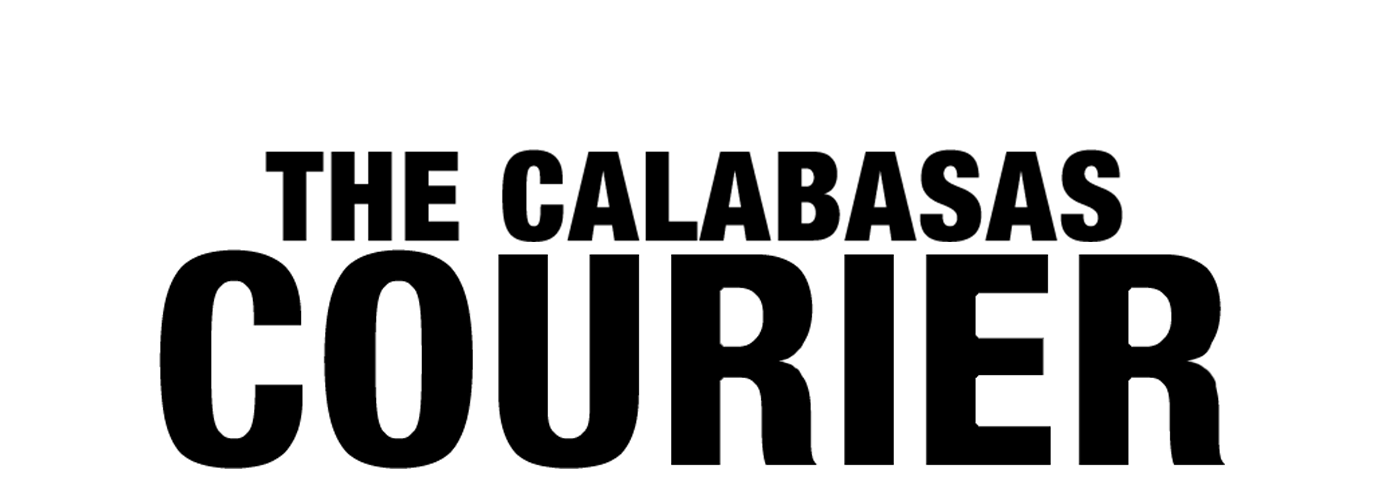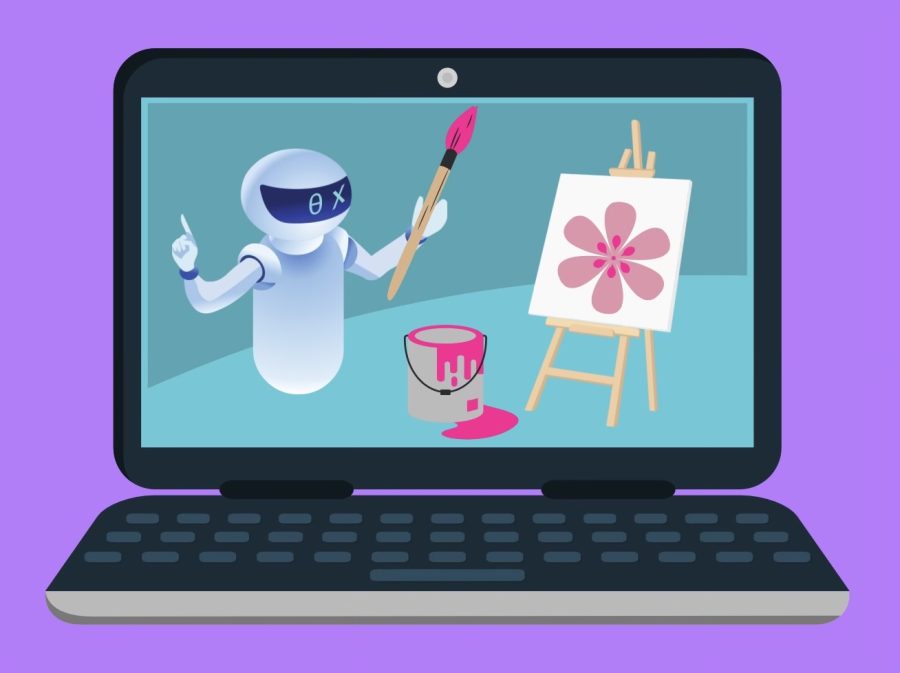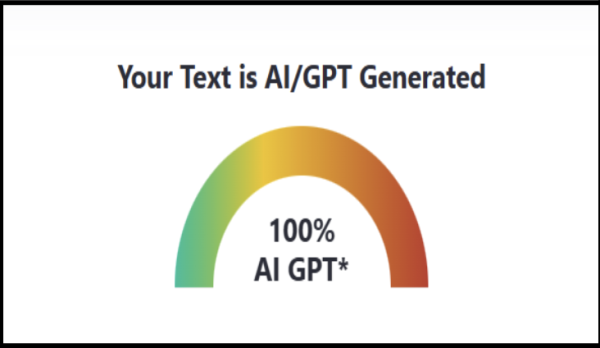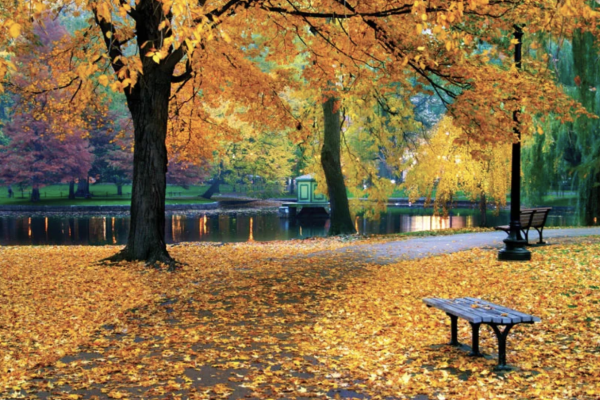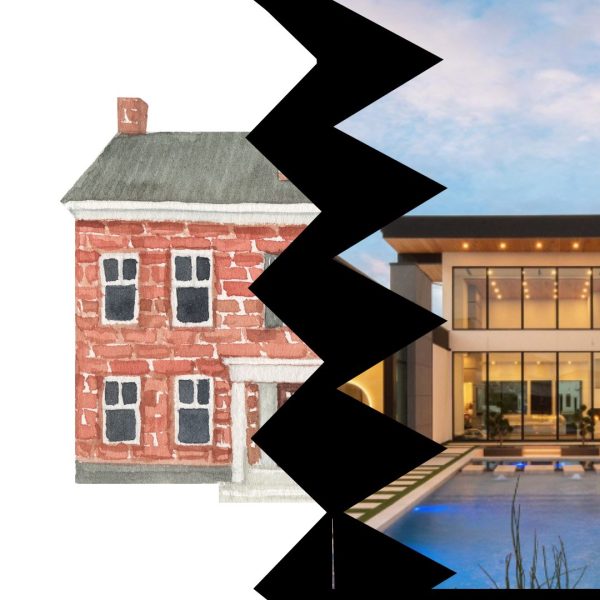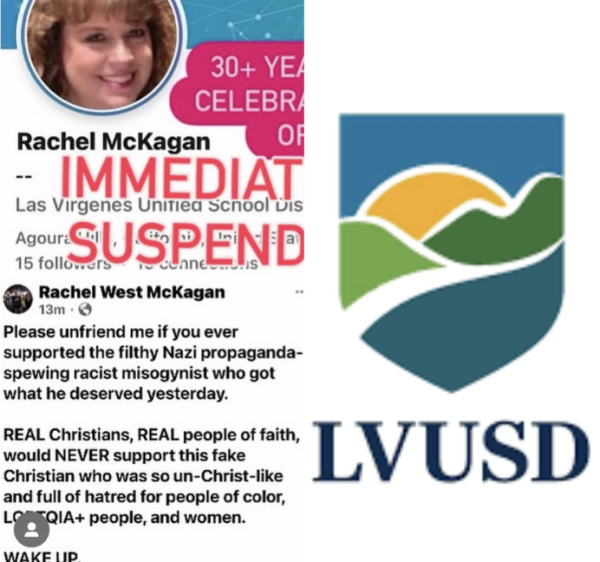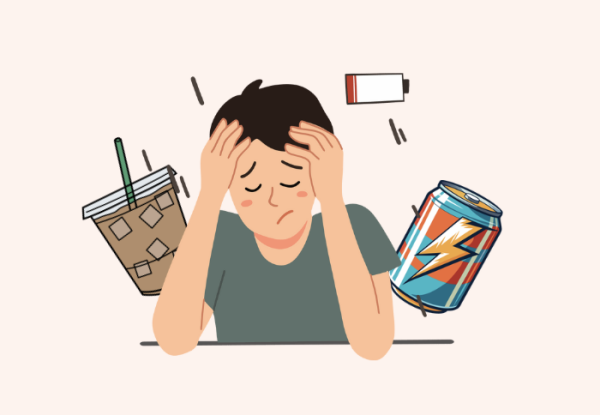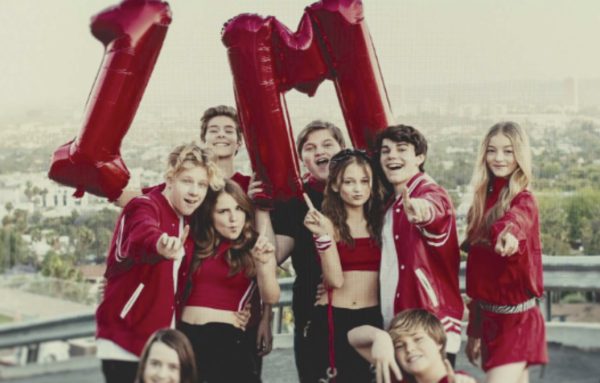Opinion: AI-generated art promotes creativity
When presented with the term “art,” the first thing that comes to mind might not be the use of technology. Instead, one might think of traditional sketches or paintings. However, in a world increasingly reliant on technology, art forms are quickly modernizing.
On Sept. 28, AI (Artificial Intelligence) art generator DALL-E 2 became public for anyone to use. The release has created concerns but also new possibilities regarding the future of art.
AI-generated art is created with the help of artificial intelligence. When given a written prompt, generators refer to a database of images in order to create new images.
Artificial intelligence has been around for decades but has only become more popular over time. In 1973, artist Harold Cohen created one of the first AI art programs, named AARON. With improvements in computer technology throughout the 21st century, AI art has taken an even more tech-savvy turn. For example, easy-to-use programs like NightCafe have been released over the past few years, making AI art more accessible to the public.
In January 2021, AI research company OpenAI revealed the AI art generator DALL-E. In April 2022, the company announced an updated version, known as DALL-E 2, which was only available to select users. In September, the creators removed the waitlist for the program, making DALL-E 2 available to the public. Users are given monthly credits and can pay for additional credits.
DALL-E 2 is a text-to-image AI art generator that produces images from prompts. The program can both create art from scratch and generate variations of previous works. In order to do this, it uses a database of millions of image and caption combinations. Compared to the first release of DALL-E, DALL-E 2 produces more coherent images that are better for caption matching and photorealism.
Creating AI art is not only entertaining but can further professional goals as it becomes more popular. For example, artists can create AI art for album covers. AI art can also be sold online.
Despite the new uses for artificial intelligence, some in the artistic community express ethical concerns, questioning whether AI art is truly art. Many argue that because a machine creates the art, it lacks validity.
In August 2022, an AI art piece won the digital art category at the Colorado State Fair’s annual art competition, setting a new landmark and sparking controversy. The piece was created by Jason M. Allen with the AI art generator Midjourney.
Although some artists accused Allen of cheating, Allen did not hide the origins of the work. Allen entered the work under “Jason M. Allen via Midjourney,” acknowledging the use of the AI art generator.
AI art also exposes copyright issues, adding to the controversy of its integration. Some even label it as a form of plagiarism.
However, the very nature of art revolves around taking inspiration from previous works. Generators do take aspects from various creations on the web, but despite their untraditional nature, the generated works themselves are justifiable pieces of art.
“Technology has certainly given more opportunities […] for art,” said AP Art History teacher Kelly Ortiz. “It’s no longer just putting pencil to paper or paintbrush to a canvas; […] it’s many things in many forms.”
While there are still blurred lines regarding legality due to the sheer novelty of AI art, creators ultimately should not fear copyright infringement as long as their works are distinctive and transformative of other works.
The world of artificially generated art conveniently allows anyone to generate art in a fraction of the time it takes to physically create works. As a result, some artists are concerned that this technology will threaten on-paper artists. Despite this possibility, because machines ultimately lack the emotions, thoughts and sense of reality that only the human mind can deliver, and communicating ideas to a computer is drastically different from communicating ideas to a person, AI art is unlikely to replace real human artists in the near future. Instead, it can be used as an inspirational tool to help foster creativity instead of a replacement for artists.
“I think we have to explore […] and accept this new creativity,” said Ortiz. “It really can spark something in someone.”
Aside from its commercial purposes, AI art can be used as a creative aid by simply doing what it was engineered to do: combine multiple ideas and transform them into a finished piece of art. If an artist experiences a creative block, entering any prompt that pops into his or her head generates graphics that in turn can foster creativity. AI art uses familiar ideas to create new concepts that have been previously unseen in the world of art. The endless idea possibilities presented through its convenience are inspirational tools for anyone looking to express their creativity.
“Anything can be real art,” said artist and CHS junior Ari Aarons. “[AI art] can give you creativity to do your own thing, like a reference photo […] for spitballing ideas.”
New AI art forms still have a long way to go in order to become mainstream. Artists would likely need to learn new technological skill sets. For instance, prompt engineering alone is a skill that takes time to learn.
Regardless, instead of viewing AI art as a burden to more traditional forms of art, it should be viewed as a reshaper of past ideas. These new art forms are changing the culture of modern art and creativity, and both artists and non-artists should embrace the new skills and ideas encouraged by AI generated artwork.
Your donation will support the student journalists of Calabasas High School. Your contribution will allow us to purchase equipment and cover our annual website hosting costs.
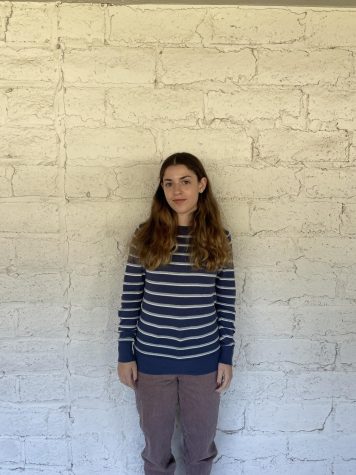
Hi! My name is Sedona Kaye, and I’m the Perspectives Editor this year. I learned so much as a staff writer last year and can’t wait to learn more....

